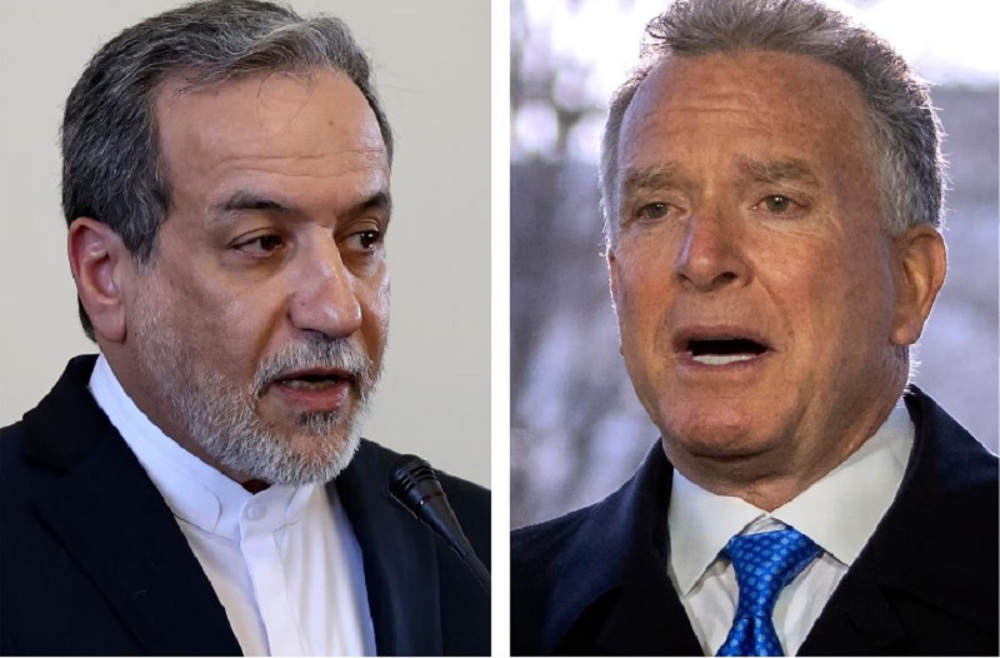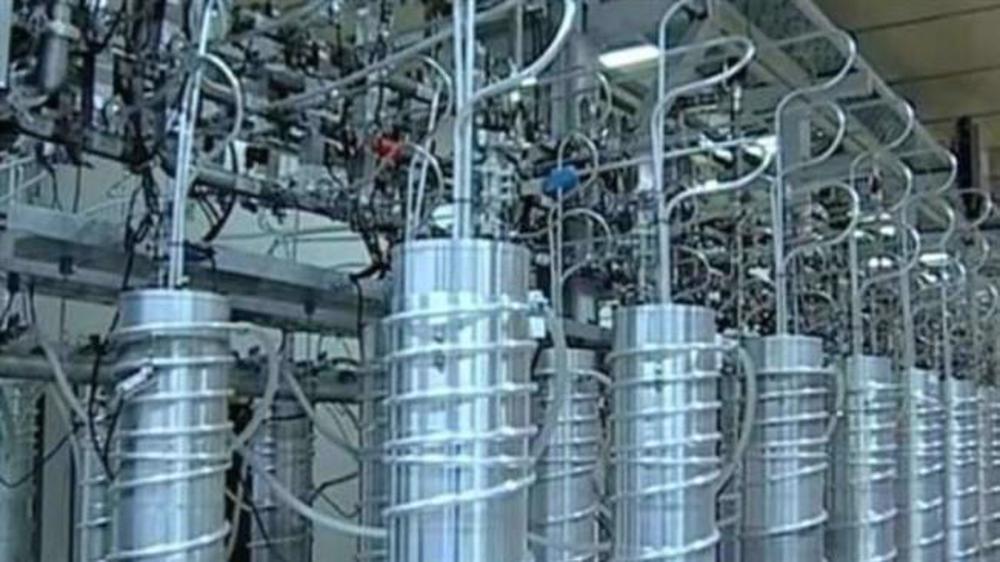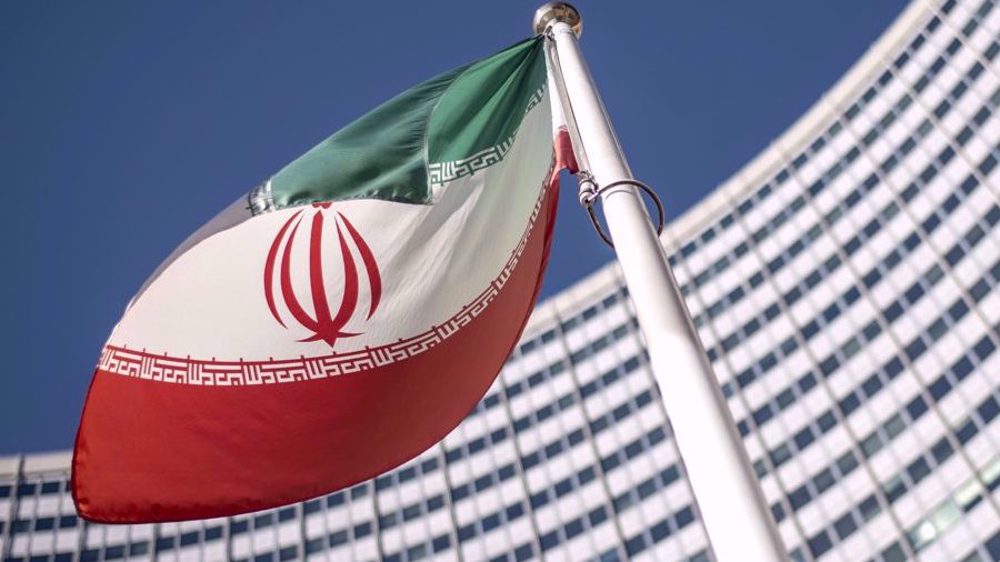Iran transfers centrifuge machines from Karaj to Natanz for security reasons: AEOI spokesman
A senior Iranian nuclear official says the country has transferred its centrifuge machines to a safe location nearly one year after an act of sabotage at TESA Karaj Complex, a centrifuge component manufacturing workshop near Tehran, damaged cameras at the site.
"Given their high significance, centrifuge machines were moved to a safer location and are now in operation," the spokesman for the Atomic Energy Organization of Iran (AEOI), Behrouz Kamalvandi, said in an exclusive interview with Iran's al-Alam TV on Saturday.
He added that Iran has plans to develop and manufacture centrifuge machines and to boost their security.
"Following the terrorist operation against TESA Karaj Complex, we had to tighten security measures. We moved a significant part of these machines and transferred the rest to Natanz and Isfahan," Kamalvandi said.
He noted that the International Atomic Energy Agency (IAEA) has presented two reports; one when the machines were being transferred and the other one at the time that the cameras installed at Natanz facility became operational.
Given the ambiguities that have been raised in the reports, Iran explained that all the measures taken have been in line with the agreements reached with the IAEA, the AEOI spokesman noted.
He, however, emphasized that the UN nuclear agency will have no access to data recorded by its surveillance cameras until Iran and the P4+1 group of countries reach an agreement on the revival of the 2015 deal, known as the Joint Comprehensive Plan of Action (JCPOA).
On Thursday, Iran’s acting ambassador to the IAEA Mohammad Reza Ghaebi said the latest report by the agency confirms that Iran had informed the IAEA on April 4 that all the machines for centrifuge production had been transferred from Karaj to Natanz, letting the inspectors verify, on the same day, that the machines were not operating.
“The Agency will have no access to information recorded on the memory of its cameras and as long as Iran has not returned to full compliance with the JCPOA, that information would not be made available to the Agency and will be stored in Iran,” Ghaebi added.
In a statement on January 31, the IAEA said Iran has informed the agency that it will move the production of centrifuge rotor tubes and bellows from TESA Karaj Complex to the central city of Isfahan.
The IAEA confirmed that Iran has informed the agency that it can adjust its surveillance and monitoring measures accordingly, noting that the production of centrifuge rotor tubes and bellows at TESA Karaj Complex has been ceased.
The IAEA inspectors had installed surveillance cameras in a new workshop in Isfahan on January 24 to ensure the machines intended for the production of centrifuge rotor tubes and bellows were under monitoring but the production of the parts there had not started then.
Under a law passed by the Iranian Parliament in December 2020, the AEOI was tasked with restricting the IAEA inspections and accelerating the development of the country’s nuclear program beyond the limits set by the 2015 Iran agreement.
The law, dubbed the Strategic Action Plan to Counter Sanctions, halted all inspections of Iran nuclear facilities beyond the Safeguards Agreement, in a move – as the name suggests – to push the US to remove its sanctions.
While adhering to the law, the AEOI has continued its constructive cooperation with the IAEA throughout 2021, under both Hassan Rouhani's and Ebrahim Raeisi's administrations.

Iran says expert-level talks with US postponed to Saturday

Russia's President Putin ratifies bill for strategic partnership with Iran

Indirect Iran-US talks proceed on 'constructive' note
Iran, China working resolutely to safeguard mutual interests: Tehran says as FM departs for Beijing
Yemen asserts enhanced military readiness; takes US aircraft carriers under firepower
VIDEO | Iran seeks foreign investment to boost oil, gas sectors
Iran condemns terror attack in India's Kashmir region
After second Signalgate scandal, Democrats call for Hegseth’s resignation
Mahmoud Khalil missed son's birth after US officials denied temporary release
Iran’s annual inflation up 0.7% to 33.2% in April: SCI
Ayatollah Sistani offers condolences on passing of Pope, hails his role in promoting peace









 This makes it easy to access the Press TV website
This makes it easy to access the Press TV website